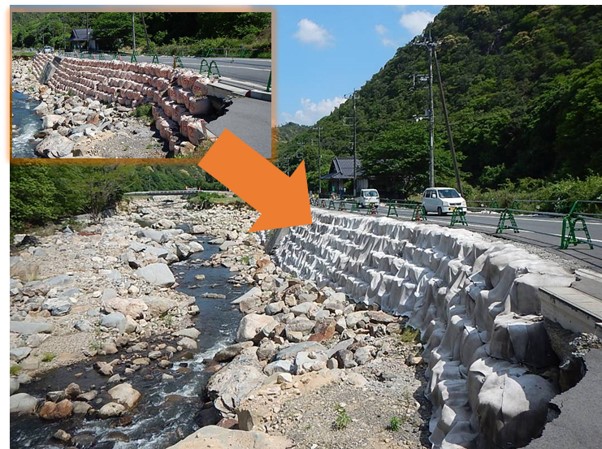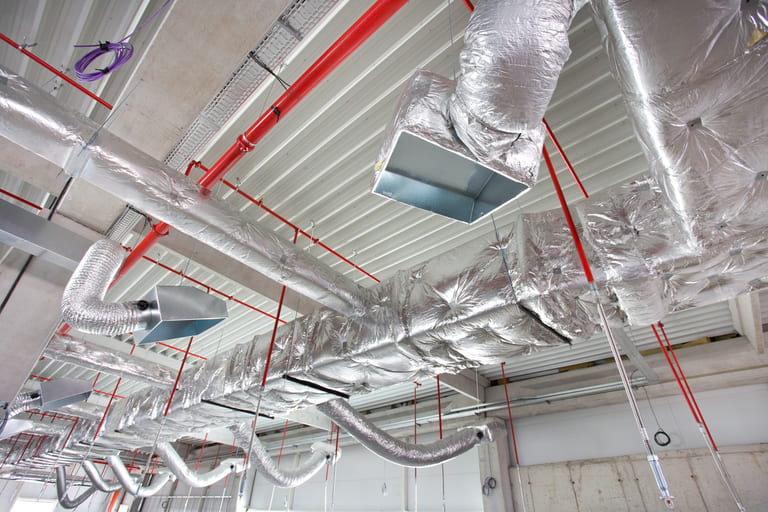

Taiyo Kogyo Column
Issues and Solutions for Temporary Protective Fences │ What is the new low-cost and short construction period construction method that does not make holes in the road surface?

Temporary protective fences protect the safety of passing vehicles during road slope construction while the road is in service. The danger of road slopes collapsing due to typhoons, guerrilla rains, and other extreme weather events in recent years has increased, and the importance of countermeasures against rockfall accidents during slope construction is becoming increasingly important. However, the installation of temporary protection fences using conventional methods poses many problems, is expensive, and the construction period tends to be long due to incidental work. This article introduces the basics of temporary barriers, the challenges of conventional construction methods, and the solutions. We hope that local governments, construction companies, construction consultants, and other related parties managing roads will take a look at this article.

Construction period is about 75% shorter
Since H-beams do not need to be driven into the road ground (i.e., no holes are made in the road surface), incidental work such as underground investigation and road surface restoration are not required. As a result, the installation of temporary protective fences using the MWG construction method significantly shortens the construction period. Compared to conventional construction methods, the MWG method can reduce the construction period by up to 75%.
Cost reduction of approx. 30
The MWG method does not require steel to be cast into the roadbed or L-shaped supports. Therefore, the amount of steel used is extremely small. Also, the overall cost of construction is greatly reduced because large heavy machinery and large vehicles are not required and incidental work is also reduced. Compared to conventional construction methods, costs can be reduced by up to 30%.
Suitable for narrow roads
The construction work is possible even on narrow roads such as mountainous or forest roads because large heavy machinery and large vehicles are not required for construction and the maximum width of the foundation is only 1.6 m. Even when the road width is narrow, one lane can be sufficiently secured on each side, eliminating the need for full road closures and minimizing the burden on traffic.
Construction with low noise and vibration
Since there is no need to drive H-shaped steel into the ground, construction can be done without using a pile-driving machine. Therefore, noise and vibration are reduced compared to conventional construction methods, and the environmental impact on the surrounding area is reduced and neighborhood residents are taken into consideration.
Can use locally generated soil
The special structure of the “Meshwall,” a continuous box-shaped steel frame that supports the support columns, allows the use of locally generated soil for filling material. This reduces the need to move purchased materials and locally generated soil, and facilitates construction work.
Easy removal
Since it is installed without damaging the road, there is no need to restore the road surface when it is removed.
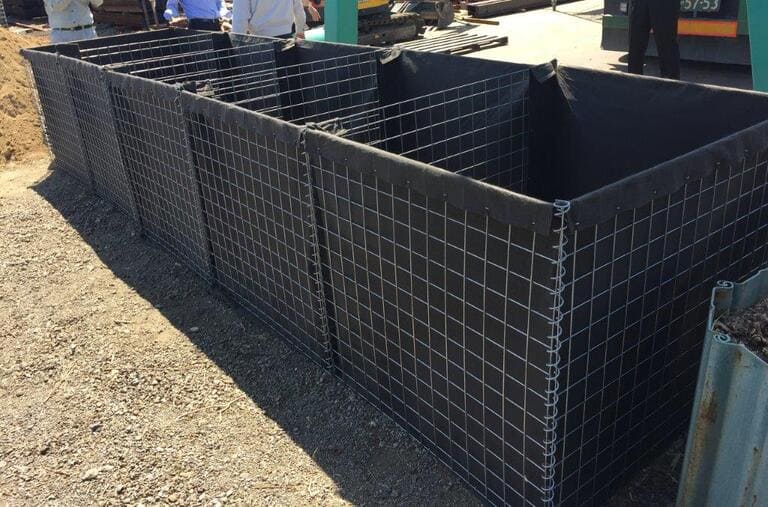

5. Sheet pile insertion
After the transverse joints are secured and the wooden sheet piles are installed, the temporary protection fence is complete. After the work is complete, the mesh wall guard is dismantled and the earth and sand are removed.
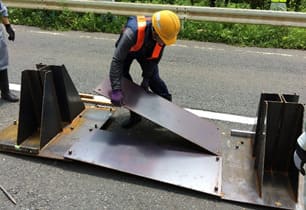
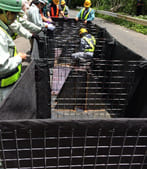


Related Articles
- TOP>
- Taiyo Kogyo Column>
- Issues and Solutions for Temporary Protective Fences │ What is the new low-cost and short construction period construction method that does not make holes in the road surface?






